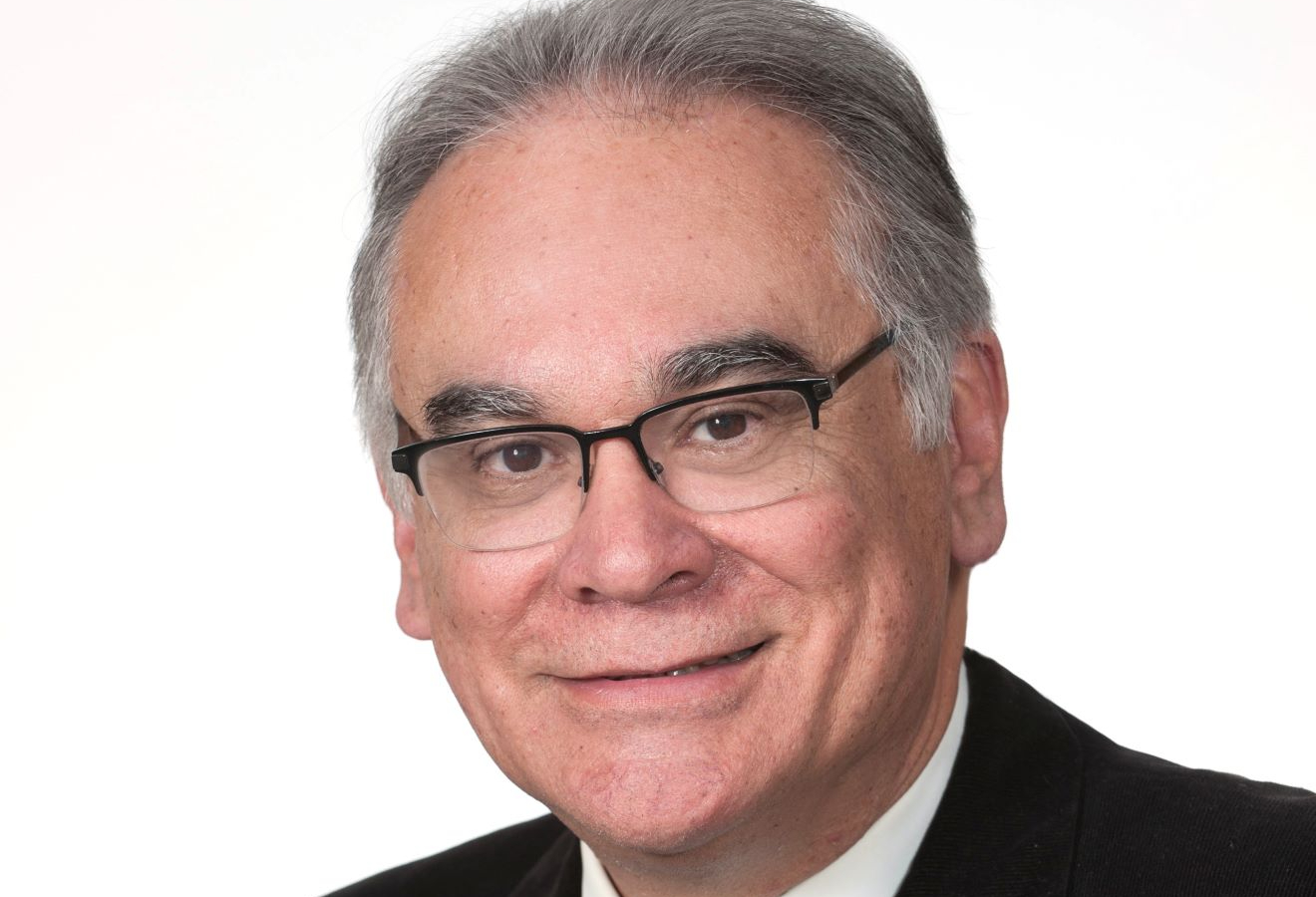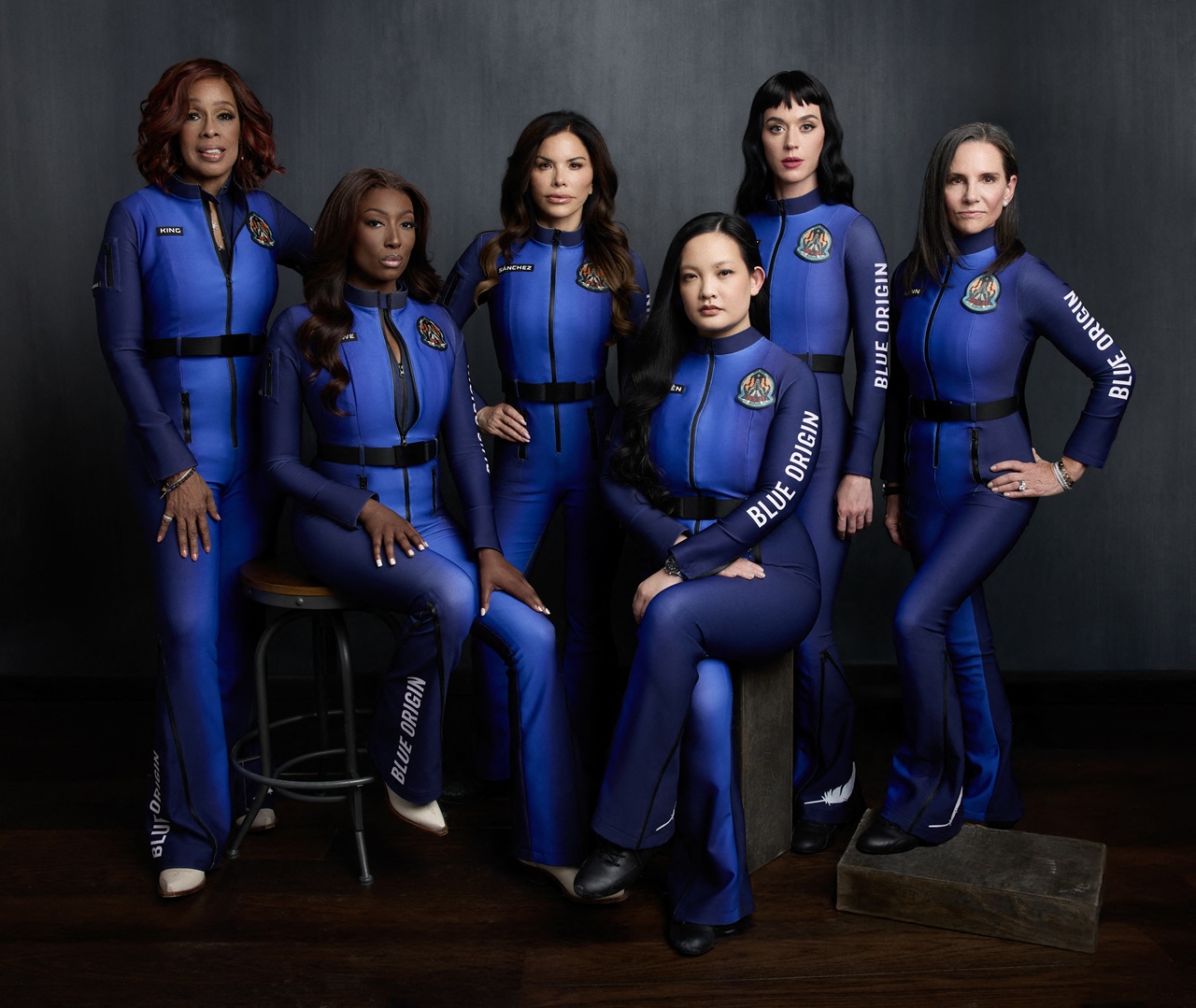
David Acosta speaks on the inclusion of Latino leadership in medical schools
“This is our moment,” the chief diversity & inclusion officer of the AAMC said during the 2022 Latino Medical Student Association Conference.
As the chief diversity & inclusion officer of the Association of American Medical Colleges (AAMC), David Acosta is a key cog in increasing the number of Latinos in medical schools across the nation.
In his words, “the time is now” to do so.
Founded in 1876, the AAMC is a nonprofit association dedicated to transforming health through medical education, health care, medical research, and community collaborations.
During the 2022 Latino Medical Student Association Conference, Acosta was one of numerous speakers who discussed the topic of Latino inclusion and leadership in medical schools.
His speech highlighted why enhancing LHS+ leadership is important, the challenges inhibiting many Latinos from entering particular leadership positions, and how the conversation has evolved over the years.
A key component in that evolution is the changing demographics of the Latino/Hispanic population.
In 2016, Census data reported about 57.47 million Hispanics in the U.S., before growing to 62.31 million in 2020. It projects that by 2060, the U.S. Hispanic population will grow to 111.22 people.

Given the continued growth of the U.S. population, Acosta noted that Hispanics should no longer be classified as “minorities.”
“The reality is … times are changing. We’ve got to start changing that language in my mind,” said Acosta.
“I’ve been used to calling myself a minority all these years, but it’s condescending. I think if we’re going to advance ourselves, we have to change our language,” he continued.
RELATED CONTENT
In addition to the U.S. Latino population being so vast and plentiful, the reality is that the community is also very heterogeneous.
Acosta noted that one of the reasons there is an underrepresentation of Latinos in medical schools and in top leadership positions is due to a narrowed perspective of Latinos.
“We can’t be put in a box, the fact is that we are so heterogeneous,” he said, noting that each Latino has different assets that can be of value, and because of that heterogeneity, many holes can be filled by the Latino presence and voice.
However, the belief must also be there, which all ties back to the notion that there is strength in numbers.
“We need that collective voice,” said Acosta. “It takes a village for us to make that change.”
To make a true impact that will lead to a sustained increase in Latino/Hispanic leadership in U.S. medical schools, Acosta feels it must occur at four different levels: individually, in a group sense, institutionally, and organizationally.
Those four levels can be addressed through a combination of self-reflection leading to action, utilizing the collective power of the Latino community, a narrative change surrounding the Latino community, and leveraging the existing resources that aim to increase representation for Latinos and Hispanics.
“We need to make ourselves more visible, we need to be intentional about that,” he said.











LEAVE A COMMENT: